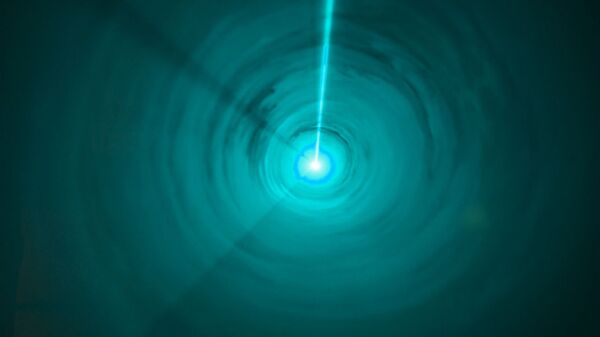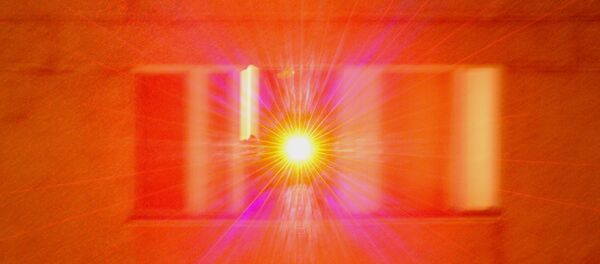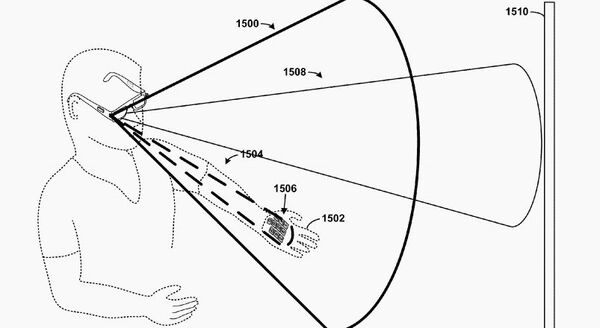Last year, Osaka University completed construction of its massive Laser for Fast Ignition Experiments (LFEX). Over 100 meters long, the machine takes up an entire room at the university’s Institute of Laser Engineering. And not a normal sized room. We’re talking factory-size.
All of that equipment is necessary to create what the team of engineers is calling the most powerful laser beam on Earth.
By transmitting a beam through a series of special glass lamps, designed to amplify the energy, LFEX was able to create beam emitting 2-petawatts of power. That’s two quadrillion watts of power. For comparison purposes, a German company developed military laser capable of shooting down a drone in 2013.
That laser required only 50,000 watts.
Still, that amount of energy is difficult to maintain. At this point LFEX can only fire a brief pulse lasting a single pico-second – or one-trillionth of a second.
That brief duration means that the laser requires surprisingly little energy. As the team notes, the pulse runs on the same amount of Joules required to power a microwave oven for a few seconds. That energy is then boosted through the amplification process.
To operate such a powerful laser continuously would require significantly more energy, however. Most likely, more energy than is currently produced in the entire world.
For the time being, the team is interested in increasing the beam’s intensity, rather than duration.
"With heated competition in the world to improve the performance of lasers, our goal now is to increase our output to 10 petawatts," Junji Kawanaka, an associate professor of electrical engineering at the university, told the Asahi Shimbun.
LFEX’s nearest competitor is a machine at the University of Texas, but that laser only conducts one-petawatt, half that of Osaka’s.
What, exactly, can you do with such powerful laser? Not much. For the time being, such high-energy lasers are largely meant for scientific purposes. The size of LFEX means it’s far from being portable enough to be weaponized in any capacity.
But who knows, progress works in very small steps. It could only be a matter of time before a 2 petawatt laser can be packed into a gadget the size of an iPhone.




